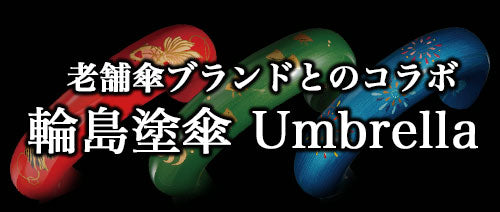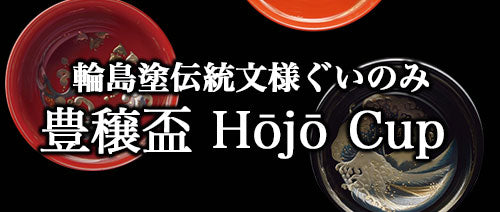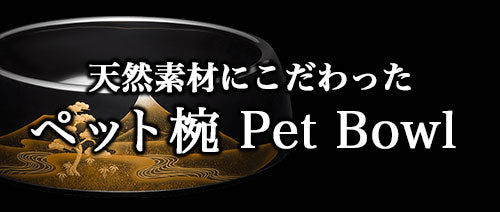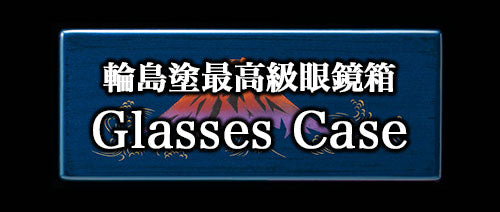What the Analysis Uncovered
Truths
The analysis revealed that the lacquer layers were not applied uniformly to the outer surface of the bowl.
It was found that the surface was smoothed and lacquer was allowed to penetrate into the wood through repeated cycles of coating and polishing, followed by the application of lacquer to the exterior.
In the initial stages of production, low-viscosity raw lacquer (ki-urushi) is used to penetrate and solidify within the wooden base.
This process strengthens the porous wood structure, prevents decay, and creates a durable foundation for Wajima-nuri. This technique is known as hon-kiji—a defining feature of Wajima-nuri.
As the process progresses, the viscosity of the lacquer is gradually increased, transitioning from low-density to high-density lacquer.
This layering technique enhances the adhesion between each lacquer layer.
By reinforcing the inner wooden structure and hardening the entire bowl through multiple applications, a uniform coating of high-density lacquer is eventually applied to both the inner and outer surfaces.
The result is the beautifully finished Wajima-nuri piece—crafted through more than 124 steps and the masterful skills of experienced artisans.
【協力】
KYOTO's 3D STUDIO Co., Ltd.
https://k3s.jp/
National Institutes for Cultural Heritage
Nara National Research Institute for Cultural Properties
https://www.nabunken.go.jp/
KYOTO's 3D STUDIO Co., Ltd.
KYOTO's 3D STUDIO Co., Ltd. leverages advanced digital technologies to promote the preservation and utilization of cultural heritage, making significant contributions to local communities, the tourism industry, and the field of education.















